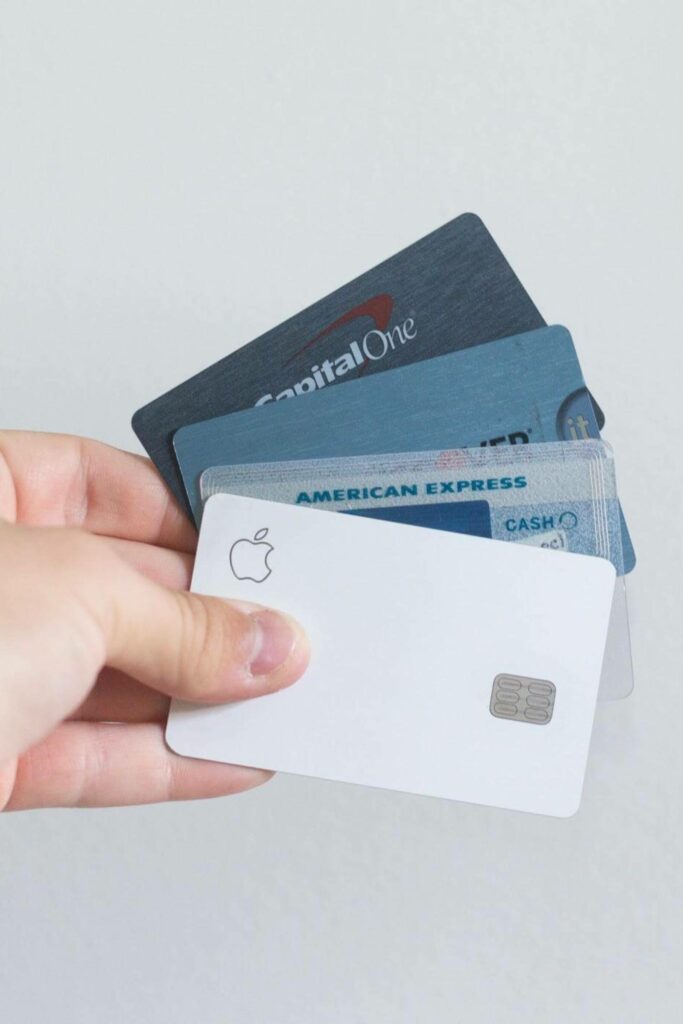Tipping is one of those topics that seems to be a no brainer for some and very complicated for others. Before my current role, I was a restaurant manager for about 8 years of my working life. Tipping was wildly inconsistent to say the least. You had people that would tip great, some that would tip poorly due to bad service, and others would tip poorly and treat the servers poorly just because they were having a bad day.
So why is this topic so inconsistent? Well for starters, the generational gap can be blamed for part of it. During my parents’ day, a good tip was 15% of your bill. Now the accepted norm is 20%. The disparity creates a group of people who still only tip 15% while the server is expecting 20% for good service.
There are also some people, teenagers especially, who genuinely do not have the knowledge or were never taught about the proper way to take care of their servers. Here are some tips to help you along.
Tip 20% for good (but not great) service
20% or your total bill should be the bare minimum you should tip for your average, every day good service. This is simple calculated by taking your bill, moving the decimal in the dollar amount to the left one number, and then doubling that amount. So if your bill is $33.78, you would move the decimal to the left one number, leaving you with 3.378 (round to 3.38). Then double that amount and you’ve got a proper tip of $6.76. Simple enough!
I like to calculate the tip based off of the total amount, but some people like to calculate it before the sales tax. I choose the total amount because it is an easy way to give a little more to someone who has worked hard to serve you. I know from experience that they appreciate it.
A small note. Some restaurants have the tip calculated on the bottom already for you, which is nice. However, almost every one I’ve seen is before tax.
Do not go below 15% for bad service (even if it’s terrible)
Something I saw quite frequently when I was a restaurant manager was someone leaving absolutely no tip for bad service. There are a few reasons why this is a bad idea.
First, the person you are serving depends on that tip to provide for themselves and/or their family. Leaving an extremely small tip may also be affecting a little mouth at home.
Second, bad service is subjective. My definition of great service is a server who is attentive but doesn’t check back often. Your definition may be a server has to check back often in order to be considered attentive. Another person may think good service relies on the server’s personality, and if they don’t strike up a conversation, it ruins the experience. There are a lot of different opinions on what good and bad service is. Leaving no tip makes a server wonder what they did wrong when they give the same service to two separate tables, and then one leaves a 25% tip and the other leaves a 1% tip.
Thirdly, when we go sit at a restaurant and receive bad service, there are a myriad number of reasons why it occurred. We have no idea what could be going on in that server’s personal life. Perhaps a parent just passed away, but they cannot afford to take some time off. It could be that a child at home didn’t sleep well the night before, and now the server is having trouble concentrating due to the lack of sleep. There may be something occurring in the restaurant beyond the server’s control that could be causing a poor experience.
The point is, we don’t know what’s going on so it’s not fair to essentially blame the server by not tipping them. Giving 15% for bad service is the bare minimum because it allows the server to consider what happened while still being able to earn some money. Many people don’t realize how little of an hourly wage servers make. At the most recent restaurant I managed, the wage was $4.75 an hour. From my understanding of the industry, that’s one of the higher wages. Many servers do not make more than $3.00 an hour. All servers depend on the tips they get to make a living wage.
Don’t tip out of emotion
This is something that’s very hard to do, whether it’s for good or bad service, and especially if the food is delicious! Food, and a meal out in general, can be a very emotional occasion.
Tipping out of emotion can cause you to not evaluate the situation correctly, especially when you’re on the receiving end of some really bad service. If you are angry, you are less likely to make an informed decision about your service. Understandably, this is something that can cause quite the stir when you are expecting some stellar service.
Many people consider not tipping because they are trying to be the teacher as well. They may wonder how a server will learn to get better if they are still receiving decent tips. From experience, that line of thinking is inaccurate. When a server gives poor service and does not receive a tip, they are less likely to learn from the experience. They become bitter and will not take the experience to heart.
So what do you do instead?
The best thing to do (and what will be appreciated by the entire restaurant staff), is to simply follow the 15% minimum rule above and then speak with a manager. From a management standpoint, if you bring up the fact that your service was very poor, but you are still going to tip 15% to make sure the server is taken care of, I would take your concerns about the wait staff very seriously. Speaking with a manager will allow for the server to be coached in what happened and what to do differently next time.
Be generous
My family and I just got back from a trip to Disney World, and being a generous tipper was something I felt strongly about while I was there. Now I’m far from being rich, but my family and I have been blessed financially. I felt it important to pass that along. We received great service as usual, but I decided to go well above the 20% mark. We consistently gave a tip about $10 above 20% of what our bill was. It feels good to be able to bless and give to others. One server we had was extremely grateful for it, more so than usual.
Giving above 20% is probably something Disney servers do not see often because of the higher than average meal prices, especially at their table service restaurants. From my experience, the higher the bill at a restaurant gets, the less people will tip percentage-wise.
I encourage you to give above and beyond what you think the server deserves. You never know when you will make someone’s day doing that. It’s exciting and incredibly rewarding to be able to do that. I feel it is my duty to give back to others since I have been so blessed.
Please share these tips with those who you think would benefit from them.


















